5 Belly-Shrinking Food Choices for 50+
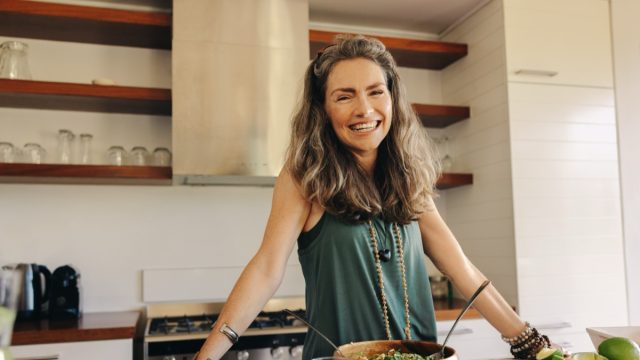
Losing fat in your 50s doesn't have to be an uphill battle—making just a few sensible (and delicious!) food choices can really help target that pesky, unhealthy belly fat. "We can't precisely target where we lose every pound of weight, but it's important to reduce visceral fat," psychologist and registered dietitian David Creel, PhD, tells the Cleveland Clinic. "By losing 5% to 10% of your body weight, you can improve blood pressure, blood sugar, cholesterol levels, mobility, and more." Here are five food choices that can really help encourage a flatter belly and better health overall.
Oily Fish Like Salmon
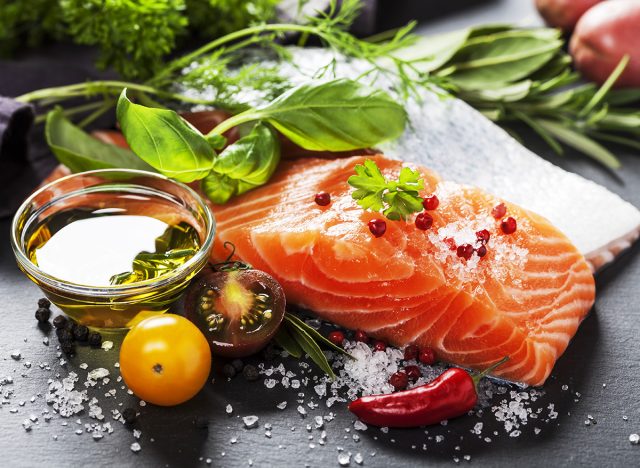
Oily fish such as salmon is a great choice for a fat-burning diet. "Salmon is often a top protein pick by dietitians and other health experts," according to UnityPoint Health. "It's low in saturated fat and high in omega-3s. It's also a good source of vitamin B12, potassium and vitamin D. Salmon is versatile and easy to prepare. The higher fat content (compared to flounder) makes it a more satisfying and filling meal."
Eat More Protein
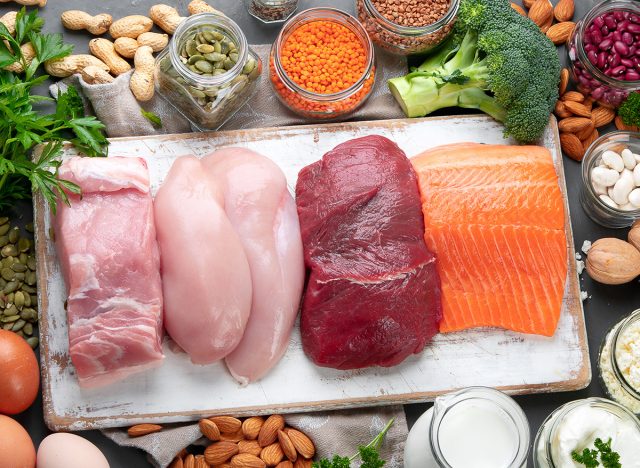
Protein helps maintain muscle mass while encouraging fat loss. "Protein can be a helpful way to lose weight because it makes you feel fuller than carbs and fat do. By including a lean source of protein in your meals you may find that you're not as hungry, and so eat less," dietitian Maya Aboukhater tells Bupa UK. "Go for foods that are rich in protein and low in fat. These are known as lean sources as some sources of protein can be high in saturated fat."
Related: 15 Quick Ways to Lose Body Fat Percentage in a Week
Drink Less Alcohol
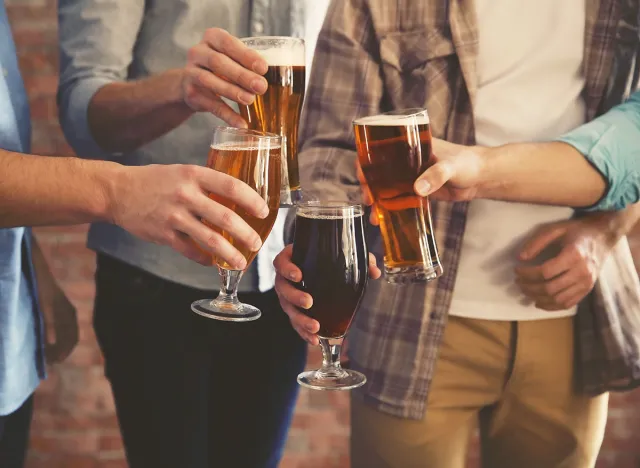
Cutting down on alcohol can really help boost fat-burning. "Drinking alcohol can lead to what's sometimes called a beer belly, but beer alone isn't to blame," says the Mayo Clinic. "Drinking too much alcohol of any kind can add to the problem. If you drink alcohol, do so only in moderation. For men, that means up to two drinks a day. The less a person drinks, the fewer calories, and the less likely belly fat will build up over time."
Drink More Green Tea
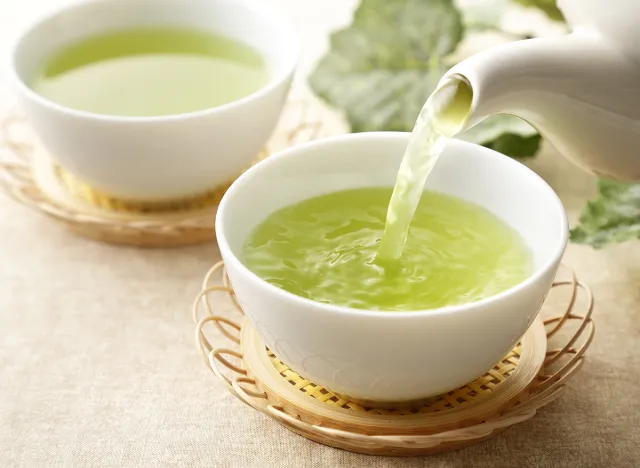
Experts say drinking three cups of green tea a day can help with weight loss. "Green tea boosts metabolism when you're resting and specifically targets the release of stored fat," Lori Shemek, PhD, tells TODAY. Green tea has been found to be a thermogenic food, meaning it causes the body to release more heat and burn more calories while in a resting state. It also prevents the generation of new fat cells and the formation of fatty tissue."
RELATED: Exactly What a Nutritionist Eats in a Day for Weight Loss
No Late-Night Snacking
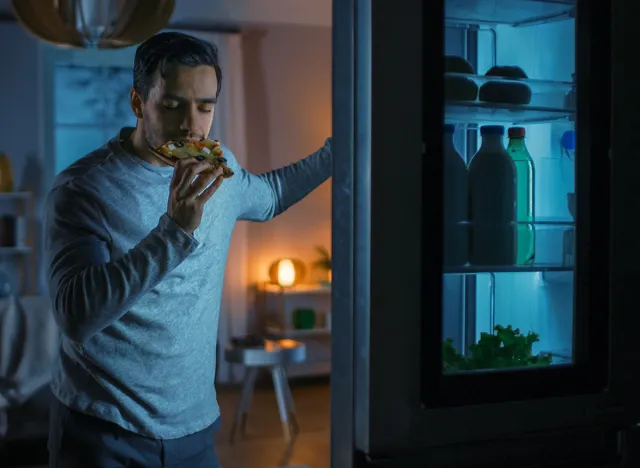
Not eating past a certain time can help with chronic evening-snackers. "Some people find it helpful to have a cutoff time for eating, especially at night," Dr. Creel tells the Cleveland Clinic. "Some people will stop eating after 6 or 7 p.m. because they know nighttime is when they overconsume and engage in mindless eating."
💪🔥Body Booster: Eat lean protein at every meal to feel fuller and consume fewer calories. Lean protein sources like chicken, fish, and beans provide hunger-fighting protein without excess fat.




